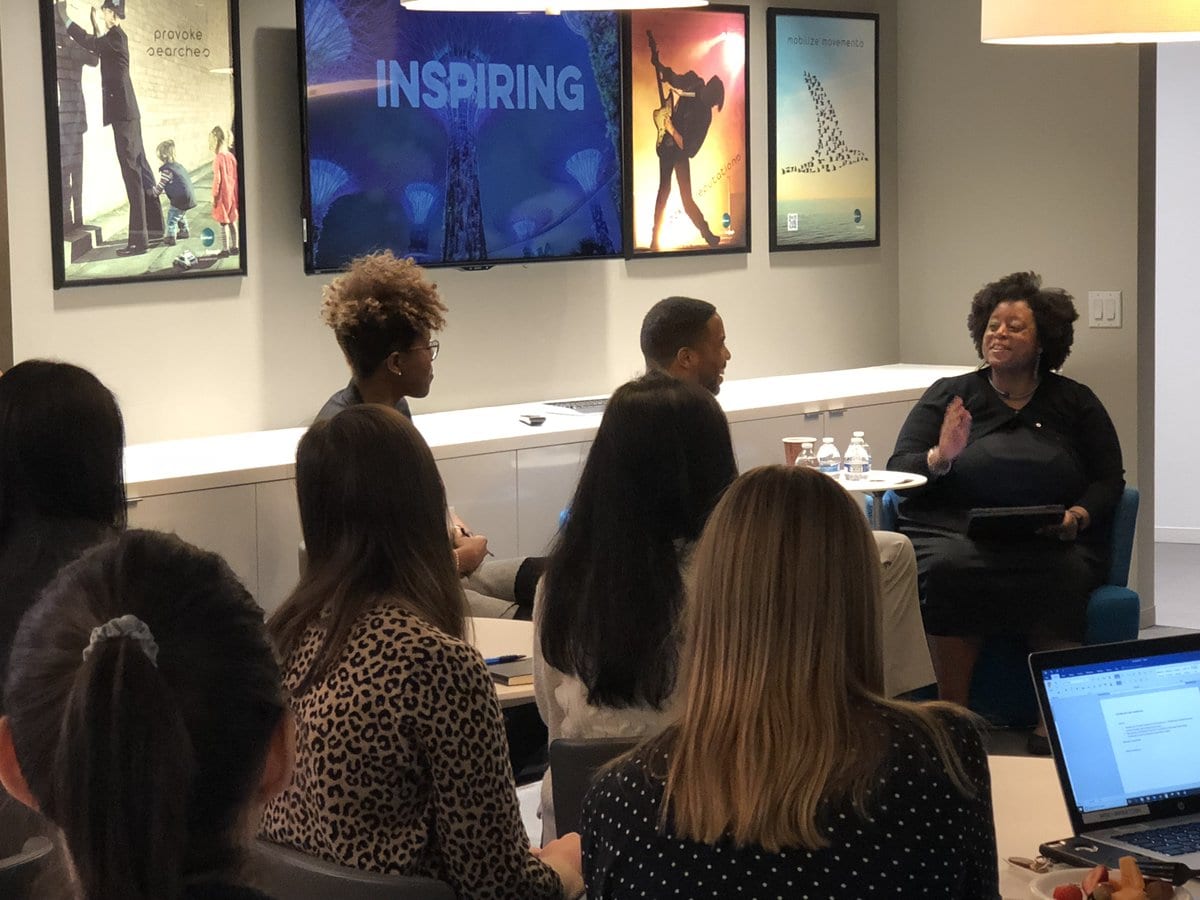Defined by Merriam-Webster, equity is justice according to natural law or right, specifically freedom from bias or favoritism, while equality is the quality or state of being equal. Diversity, equity and inclusion (DE&I) is becoming core to many aspects of everyday life – from implementation into workplace practices to incorporation into decision-making for brand launches and ad campaigns. However, at the root of DE&I is equity, and there is a deep need for more opportunities, free from bias, for upward social and economic mobility for all communities.

A byproduct of inequity in our society is homelessness. In 2018, a total of 552,830 people experienced homelessness in the United States. Supporting Partnerships for Anti-Racist Communities (SPARC) analyzed data from the Homeless Management of Information System (HMIS), where by far black people between the ages of 18-24 were the highest community experiencing homelessness. Black people represent 13 percent of the general population in the United States where 26 percent of those live in poverty but more than 40 percent of this community are of the homeless population. In addition, American Indian or Alaskan Natives are experiencing homelessness at rates three to eight times higher than the general population.
Last month, Ketchum’s DC Diversity, Equity and Inclusion Council invited Amanda Andere, Chief Executive Officer of Funders Together to End Homelessness, and Kyle Whitehead, former Communications and Marketing Manager for the Covenant House Washington to discuss how diversity, equity and inclusion is impactful and influential – from housing affordability to workplace culture. Amanda and Kyle shared enlightening statistics that show adolescents, young adults and veterans as leading communities facing homelessness – due largely to the lack of available resources such as education. Unfortunately, youth often have to sacrifice between the choice of continuing their education or obtaining work in order to survive.
Amanda shared that homelessness isn’t a people issue. There are systemic practices and policies that have led to inequities causing barriers to affordable housing particularly for people of color. Suggesting the book titled The Color of Law: A Forgotten History of How Our Government Segregated America by Historian and Academic Richard Rothstein, Amanda shares how the book documents disparities in the educational system, and details the structure of housing policies that created segregated communities that we have today. This issue isn’t simply seeing a homeless person on the street asking for money.
So, what can communicators do to lead in terms of eradicating inequity in our communities? There are a couple of best practices on which Amanda and Kyle agree: mentorship and implementing bias training.
Mentorship.
Both can have a direct and immediate impact to those individuals and communities in need. Mentorship is an invaluable opportunity, where you can take your time and talents that can be beneficial to both parties. Last year, the DC DE&I Council developed communications ideas for a local organization called Mentors, Inc. to help them generate awareness and funding for their next fiscal year. Similarly, you can partner with a local organization with a direct tie to the community and support them through pro-bono communication support – whether traditional or digital. You can mentor an individual and help them with their personal development, sharing access to a world they don’t have the luxury or privilege to learn in a traditional school setting. We must look to empower the youth among us that aren’t eligible for the benefits a majority of the population enjoy.
Implementing bias training in all of our systems.
Amanda shared that we must understand our own biases – whether its towards race, income, education – that must be held accountable in order to make effective change in the workplace. We can also continue to be local advocates in our communities and voice the need for more DE&I in all structures and systems from the workplace to our government. People with similar backgrounds who have endured these barriers are the people in need of a seat at the table the most. We must understand that there is a need to understand the difference between equality and equity because supporting those who are in need based on an equality model favors one community over all communities.
As your organization seeks ways to make an impact in your community, be sure to acknowledge the value of DE&I. Whether you’re advocating for housing security or mentoring a young person, your contributions have an impact. As communicators, it’s important for us to not only communicate with the public, but ensure we’re doing so in a way that promotes equity.


